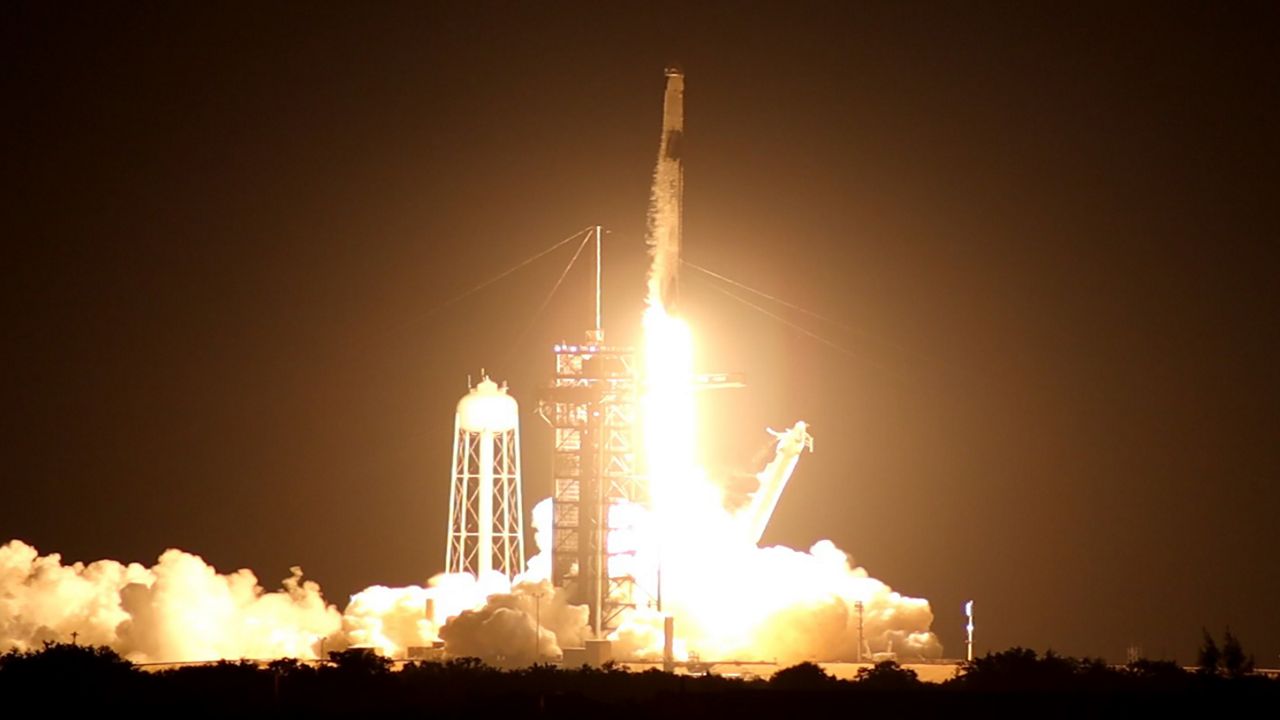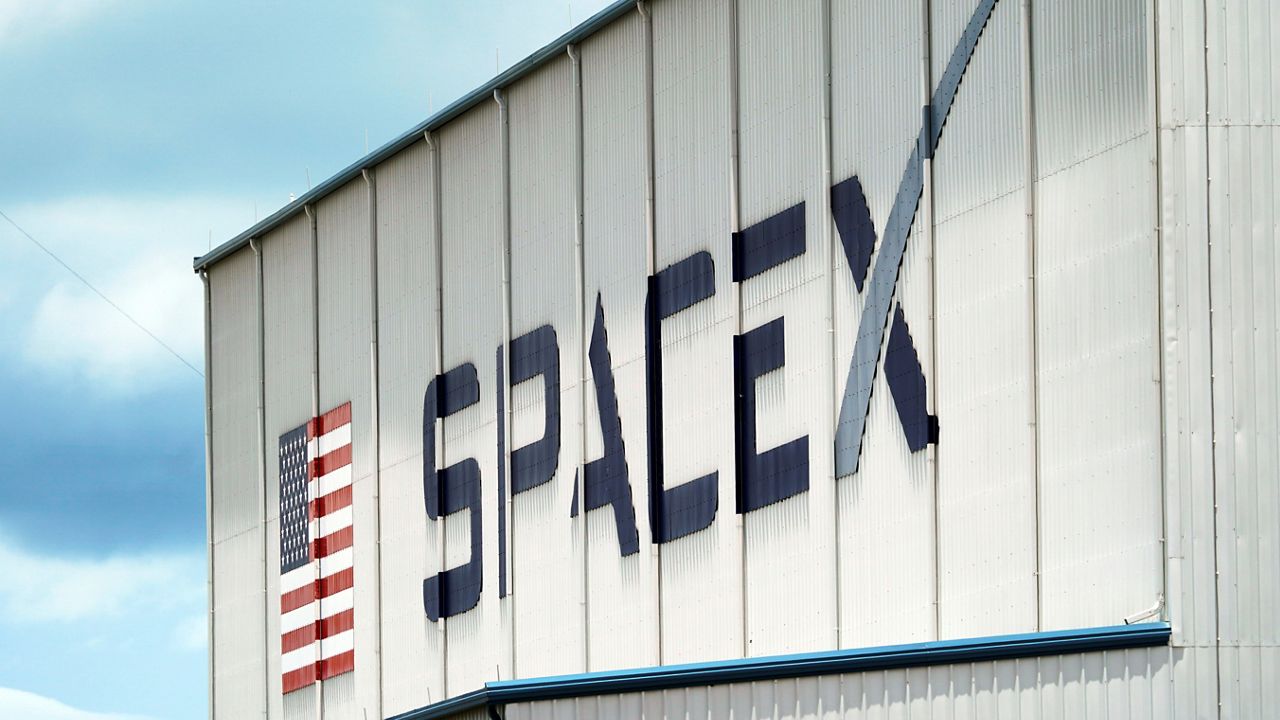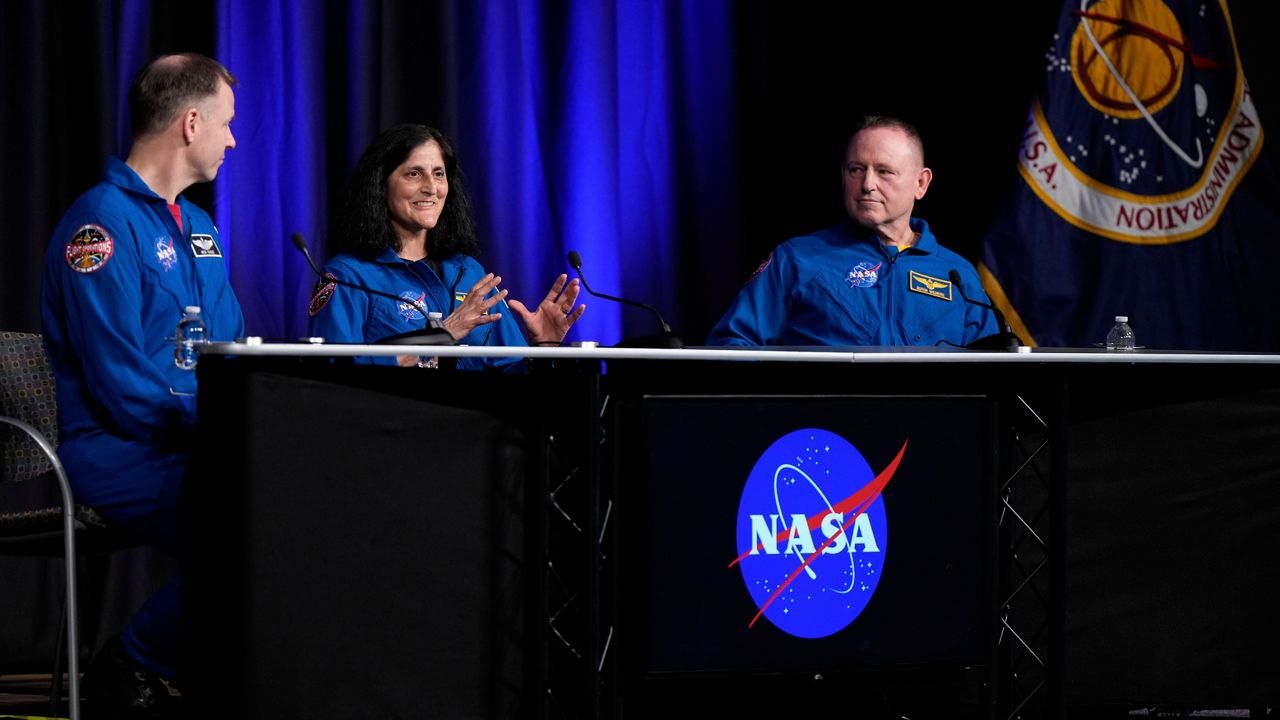CAPE CANAVERAL AIR FORCE STATION — The Solar Orbiter probe launched Sunday night on an Atlas V rocket from the Space Coast, setting forth its mission to study the Sun.
- The mission is designed to study the Sun
- The spacecraft will capture high-resolution images of the Sun's poles
The spacecraft blasted off from Pad 41 at Cape Canaveral Air Force Station. The Solar Orbiter probe is headed to the Sun with the goal of capturing high-resolution images of its poles.
Scientists have studied the Sun for decades. And its magnetic field energy can release bursts of energy that can affect space weather and our astronauts. This mission is hoped to answer some burning questions.
"We will get unprecedented views of the sun's poles," said Tim Dunn, launch director for NASA Launch Services Program.
"It's a wide range of instruments taking very unique images from the Sun," added Cesar Garcia, ESA Solar Orbiter Project Manager.
The #SolarOrbiter probe launched Sunday night on an #AtlasV rocket from the #SpaceCoast, setting forth its mission to study the #Sun.
— Spectrum News 13 (@MyNews13) February 10, 2020
Learn more about its burning mission here.https://t.co/1URLrNt3Yh pic.twitter.com/2771mf8718
During the spacecraft's eight-year mission, it must survive the intense heat being so close to the Sun. The craft's solar arrays won't have an issue getting power, but will be angled to ward off the intense heat. Engineers designed a heat shield that will protect from temperatures reaching 1,000 degrees, allowing the built in telescopes to hone in on the surface.
"We actually co-rotate with the Sun, it rotates every twenty-five days, and when we are at the closest point, we actually co-rotate to the same speed that allows us to follow anything happening on the surface," said Ian Walters, Airbus Defence and Space Solar Orbiter project manager.
For Associate Administrator Science Mission Directorate Dr. Thomas Zurbuchen, this is one of the most important missions of this generation.
“I was part of the design effort at the beginning and it's right now on the launch pad,” he said.
The Solar Orbiter is a joint mission between NASA and the European Space Agency. A total of 20 countries are involved in the effort.
“This mission more important than other ones provides space weather forecast for our astronauts as we are going to the moon and then to mars with our Artemis mission,” he explained.
NASA is provided about $386 million in launch services and one instrument; the overall costs is estimated 1.5 billion dollars split between 20 countries.
Looking at the sun from earth is bright, but it's nothing compared to what the cameras have to endure. It will be about 13 times more intense for The Solar Orbiter.
“Sensory that is there to measure the connections from the sun into space,” Zurbucken said. “The second one is looking at the 3D structure of these clouds.”
This mission will help the everyday person too and during he estimated 10-year mission will give scientists images and data from the sun's poles to better understand the suns 11-year activity cycle.
“It will help aeronautics traffic in airplanes (and) also our space assets we use every day when we open up our phones,” Zurbucken said.









